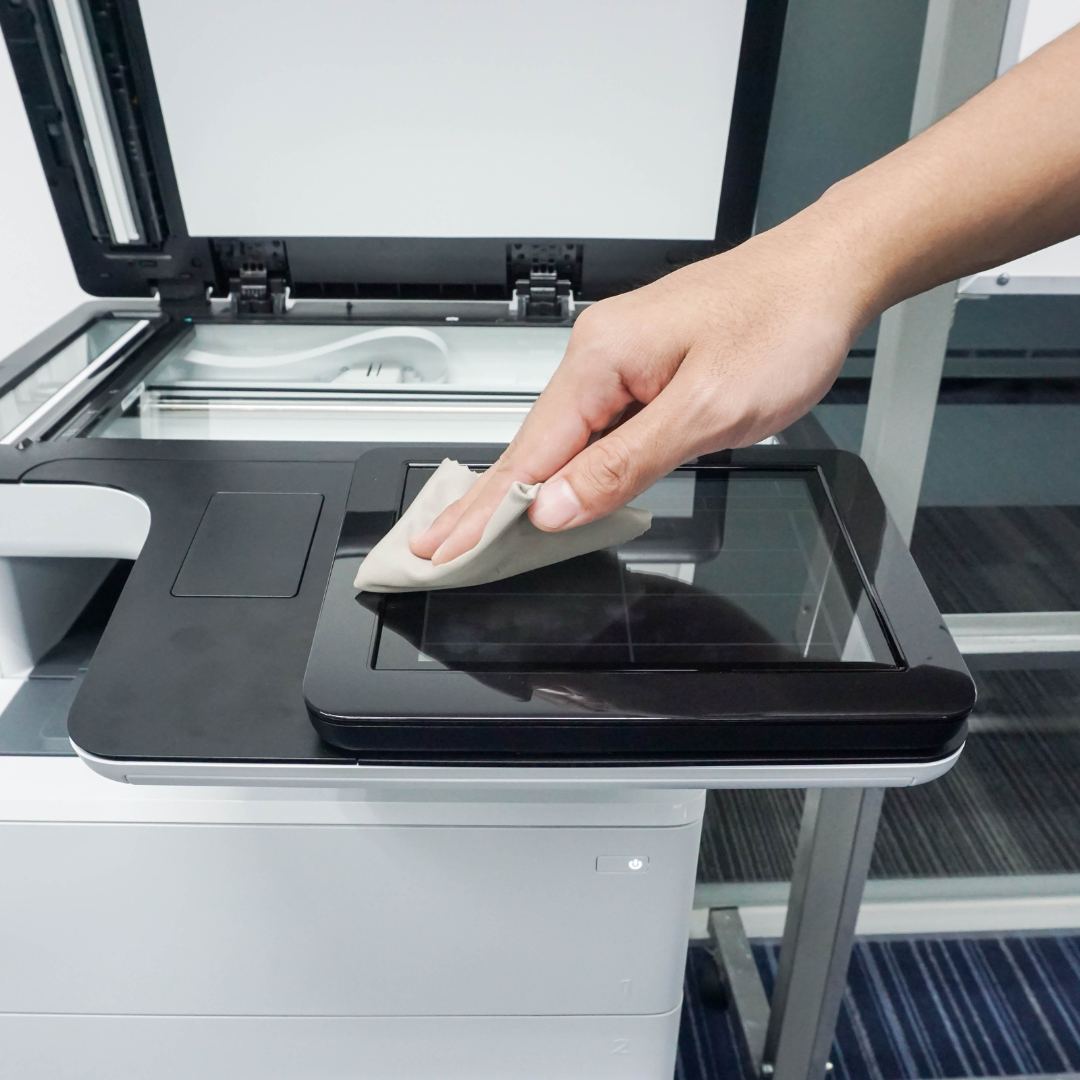No company is immune to a crisis. computer damage Cyber-attacks, hardware failures, fires and natural disasters can all lead to major interruptions. Without a effective disaster recovery plan (DRP)These incidents can have catastrophic consequences for a company's productivity and long-term viability.
In this article, we explain how to set up a Solid PRA to ensure business continuity in the event of a disaster.
1. What is a Disaster Recovery Plan (DRP)?
A disaster recovery plan (PRA) is a detailed strategy that enables a company to quickly restore its IT systems after a major incident. It aims to minimize data losslimit interruptions and ensure rapid recovery operations.
🚨 A good PRA includes:
✔️ An analysis of risks and possible scenarios
✔️ A reliable backup system
✔️ A data restoration strategy
✔️ Operational recovery procedures
✔️ Regular testing to ensure effectiveness
2. Identify risks and potential impacts
Before designing a DRP, it is essential to identify the following possible threats and assess their impact on the company.
🔍 Types of computer claims
🔹 Cyberattacks (ransomware, phishing, hacking)
🔹 Hardware failures (servers, hard disks)
🔹 Natural disasters (fires, floods)
🔹 Human errors (accidental file deletion)
💡 Objective: Define priorities and rank risks according to severity and frequency.
3. Set up an effective backup system
Data backup is the cornerstone of a high-performance DRP.
💾 Best practices for secure backups
✅ Regular backup (daily or weekly as required)
✅ Copy multiplication (on-site storage + cloud)
✅ Incremental backup to avoid storage overload
✅ Data encryption to guarantee their safety
💡 Recommended solution : Opt for a secure cloud backup and a local backup on a dedicated server.
4. Define a system restoration plan
Once the data has been saved, it is important to plan for an effective method for rapid restoration.
📌 Key steps to effective recovery
🔹 Establish a order of priority services to be restored
🔹 Disposer de emergency equipment ready to use
🔹 Prepare a detailed procedure for system restoration
🔹 Regular process testing to ensure reliability
💡 Optimum recovery time : Set a RTO (Recovery Time Objective)This is the maximum acceptable time for resumption of activity.
5. Training and raising team awareness
An effective disaster recovery plan relies not only on technical tools, but also on the responsiveness of teams.
👨💻 Key actions
✔️ Training employees in cybersecurity best practices
✔️ Organize disaster simulations to test the DRP
✔️ Designate a crisis management manager
✔️ Set up an internal communications plan in the event of an incident
💡 A well-prepared workforce means faster, more efficient recovery.
6. Test and update the DRP regularly
A PRA obsolete can be ineffective in the event of a claim. It is therefore crucial to test and update it regularly.
🔄 How do you test your plan?
✅ Perform data restoration tests
✅ Simulate a cyberattack to verify the company's response
✅ Analyze feedback and improve procedures accordingly
💡 Objective: Adjust the DRP in line with technological developments and new threats.
Conclusion: Protect your business with effective DRP
A disaster recovery plan well-designed is essential for ensuring the continuity of your business after a computer disaster.
✅ Identify risks and impacts
✅ Set up a reliable backup
✅ Define clear restoration procedures
✅ Raise your teams' awareness
✅ Test your DRP regularly
🚀 Need support to secure your IT infrastructure ? Contact Webiphi to set up a Customized PRA and protect your business from disruption.






